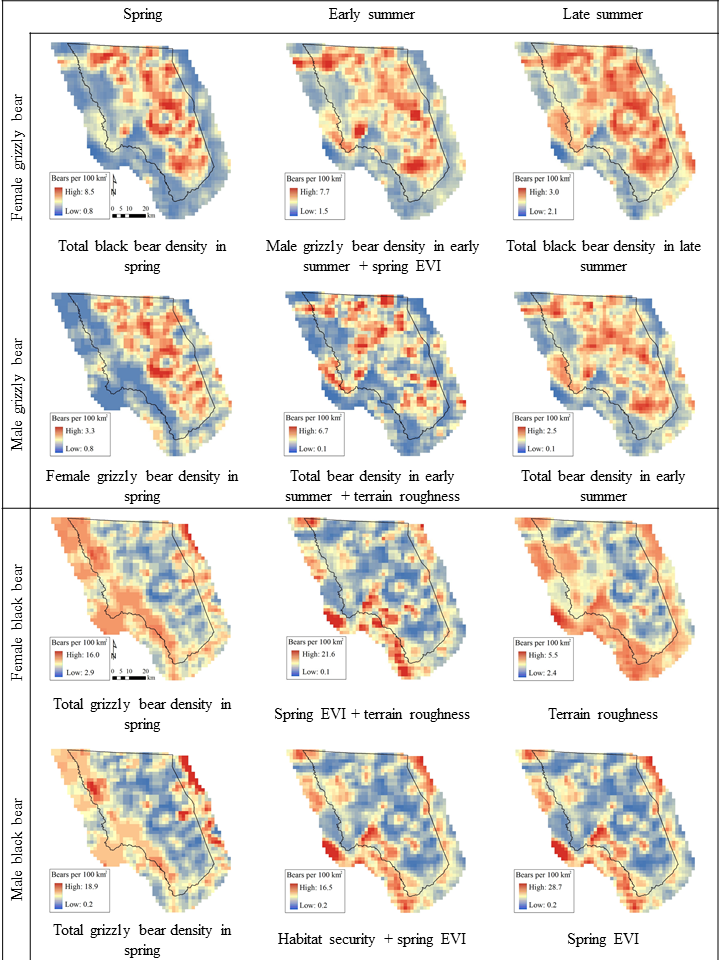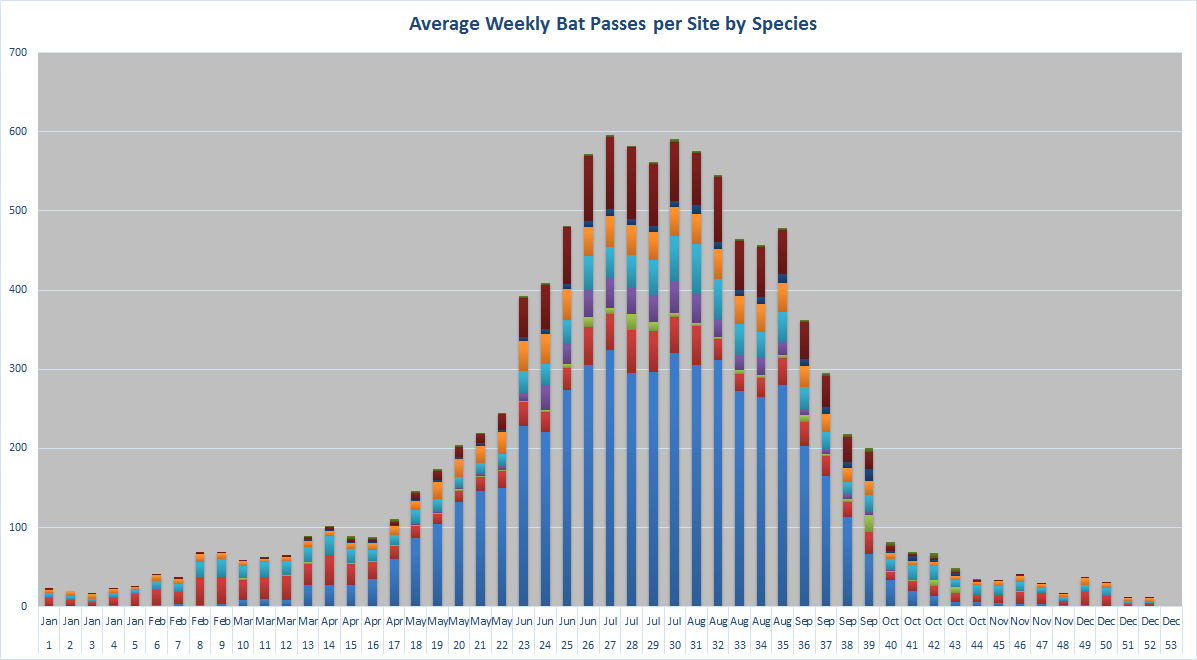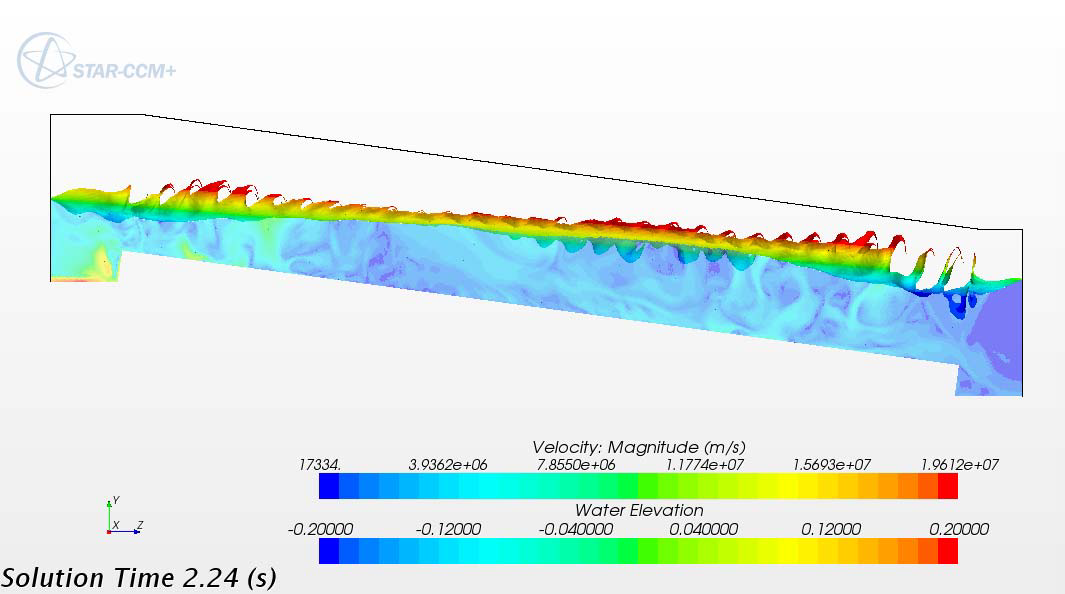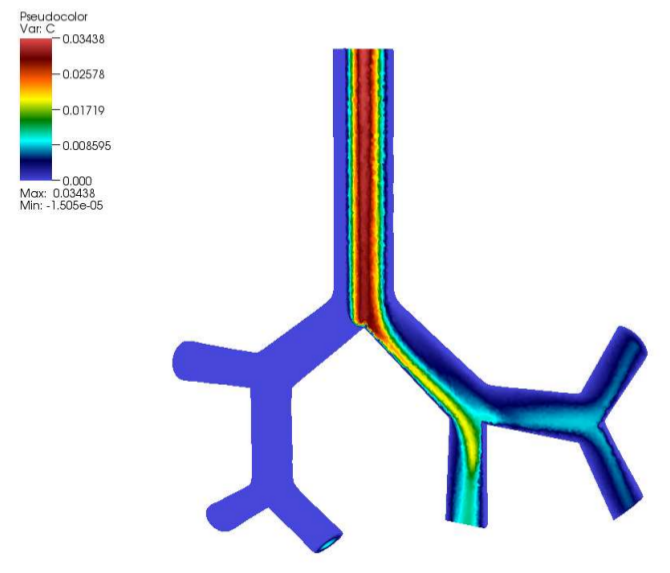Featured research
From Montana Tech High Performance Computing
Below are some research projects that has utilized our HPC. Contact us if you want your projects list here.
Grizzly Bear Population Modeling
Dr. Jeff Stetz is a research ecologist who specializes in the development and application of advanced population monitoring tools to both answer general ecological questions and to inform conservation and management of large mammals. His recent work uses detection data of grizzly and American black bears in the Glacier National Park region in conjunction with spatially-explicit capture-recapture (SECR) statistical methods to help explain the variation in seasonal density patterns of these sympatric (overlapping in space) species. The SECR modeling framework and the relatively large size of the datasets required a tremendous amount of computational capacity, with some single models requiring several weeks to converge. Without the large amount of RAM, multiple cores, and processing speed, these analyses would have been impossible.
Montana Bat and White‐Nose Syndrome
The researchers at Montana Natural Heritage Program deployed a network of ultrasonic acoustic detector/recorder stations at more than 75 sites in the past 6 years. Each detector recorded nightly bat passes across all seasons. As of August 2017, over 10 million full spectrum sound files have been recorded, totaling over 50 TB of call data. In order to efficiently interpret these data, they use software to complete automated analysis of recorded bat calls. This software examines and measures hundreds of attributes of the echolocation calls in each sound file and assigns tentative species identification to calls when appropriate. Using the HPC, they were able to reanalyze millions of bat call files with the most up-to-date methods and this process was completed in days instead of years.
Recognition-Based Eyes-Free Mobile Text-Entry - Montana Tech Computer Science
Text entry on a mobile touchscreen device normally requires precise visually-guided finger taps or gestures. For users who are blind, visually-impaired, or who are situationally-impaired, visually guided text entry may be impossible. It is planned to address this problem by developing recognition-based text entry methods that allow fluid and efficient text entry despite the lack of visual feedback. Techniques are based on statistical recognition, a process which compares millions of possibilities, looking for signal in users’ noisy input. To rapidly identify the most promising recognition techniques, our initial comparisons will be performed offline on recorded user data.
Computational Fluid Dynamics in Ecohydraulics
Ecohydraulics is a term that refers to the study of the interface between ecological systems and computations involving hydraulics or fluid mechanics. The researchers at Montana State University has a history of success in the use of Computational fluid dynamics (CFD) models to predict fish mobility challenges where fish encounter man-made structures. They utilized the HPC to process and interpret the fine grid CFD model of the steep-pass flume which allowed the estimation of time requirements for different CFD models and configurations.
Neuron Network Simulation of Visual Working Memory
The project consists of developing a neuronal network model to investigate potential neurophysiological mechanisms that will emulate the encoding of short-term memories into coherent oscillations of neuronal populations. The goal is to simulate coherent oscillations between distant populations of neurons. ...
Efficient Modeling of Nanoparticle Transport in Human Airway
HPC was used to extend the stabilized Finite Element Method for modeling nanoparticle transport in the human airways developed and evaluated in a previous project for nanoparticles from 1 nm to 150 nm to the hp-FEM context and gather some preliminary data.
Benchmarking of Space Imaging Algorithms - MSU Electrical and Computer Engineering
The Montana State University (MSU) reconfigurable computer provides a flight platform that promises to process more imaging data than existing flight computers in order to reduce the amount of data that needs to be transmitted to a ground station for post-processing. Space imaging algorithms are being developed at MSU-Bozeman as part of the research effort in addition to the custom avionics hardware. One of the limitations that the research effort is facing is a convenient means to benchmark the imaging algorithms on a ground-based High Performance Computing (HPC). The ground-based benchmarking sets a baseline to which the custom flight computer performance is compared.
Transient Analysis of Heat Flow, Solidification and Cooling Rates and Residual Stress Development in Fusion Welding-Based Additive Manufacturing Via Finite Element Modeling - Montana Tech - General Engineering
Additive manufacturing is an emerging concept that makes efficient use of material and energy resources to produce products. In additive manufacturing, starting with little more than a 3-D computer model of a part, the part is manufactured by adding only the material required to realize the part. In contrast, widely used conventional subtractive manufacturing processes start with excess material and remove all of the material that is not required. The ability to produce metallic components with acceptable geometry via additive manufacturing has been demonstrated and attention is now turning to ensuring components possess the correct mechanical properties in the as-deposited condition. The HPC was used to develop Finite-Element-Analysis (FEA) models for heat flow, solidification and cooling rates and residual stress development for fusion welding-based additive manufacturing. A novel, long-term transient analysis approach will be developed to track process inputs and outputs with multiple process and material phenomena coupled simultaneously.






